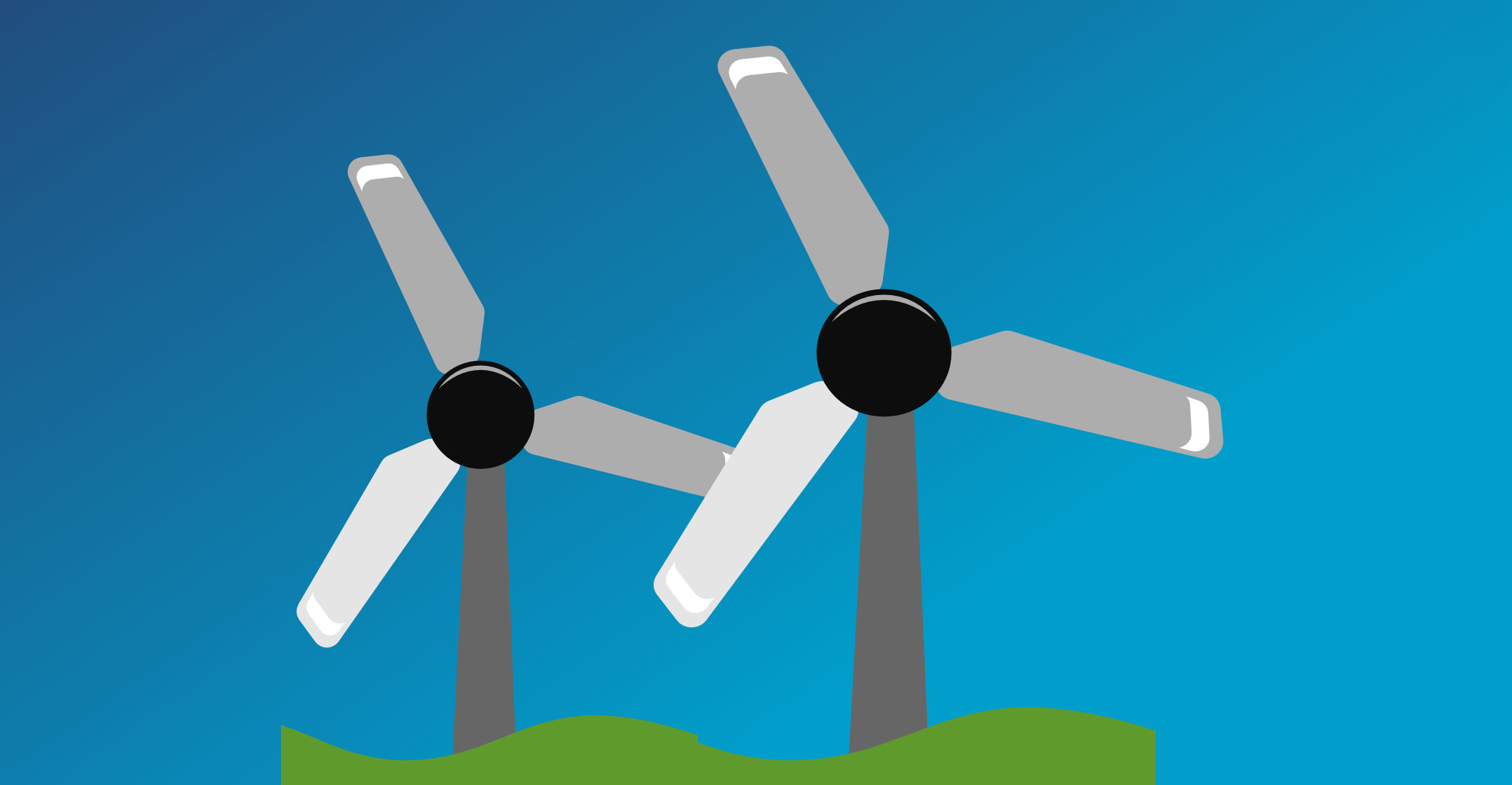 In South Africa, solar and wind are in, and coal is gradually on the way out. That’s the key takeaway from the latest Integrated Resource Plan, which maps out the energy mix for the next decade.
In South Africa, solar and wind are in, and coal is gradually on the way out. That’s the key takeaway from the latest Integrated Resource Plan, which maps out the energy mix for the next decade.
It envisions the nation’s total electricity-production capacity rising to 77.8GW by 2030 — with the bulk of the increase coming from renewable sources — from about 52.1GW.
A switch to more green energy comes as South Africa faces pressure to meet emissions-reduction targets. Eskom produces about 95% of the nation’s power, the bulk of it from coal-fired power plants — many of which are approaching retirement and don’t comply with environmental standards.
A first version of the resource plan was adopted in 2011. While the government said it would be regularly updated and published several drafts, they were never approved. The latest iteration of the blueprint was published in the Government Gazette on Friday.
It envisions an additional 14.4GW of power being produced from wind, 6GW from solar plants, 3GW from gas and diesel, 2.5GW from hydropower and 1.5GW from coal by 2030. Under a previous draft of the plan, the nation would derive significantly more power from gas, but its contribution to the energy mix was reduced because it would have taken too long to bring plants on line.
The new plan foresees the completion of a project to extend the life of Koeberg, the nation’s sole atomic plant, by 20 years to 2044, but no additional nuclear capacity being added before 2030.
Slowly, slowly on nuclear
New modular nuclear plants may be built in the future, but at a pace and scale the country can afford, while investment will be made in more efficient coal technology, Mineral resources & energy minister Gwede Mantashe told reporters in Pretoria.
Former President Jacob Zuma championed a programme to add 9.6GW of nuclear energy to the grid from 2029. Critics of the plan argued that it wasn’t affordable and it was shelved shortly after Zuma was forced to quit in February last year.
Coal will continue to play a significant but declining role in electricity generation for the foreseeable future, accounting for 59% of output by 2030. Nuclear will contribute 5%, hydropower 8%, solar 6%, wind 18% and gas and storage 2%.
 Some of Eskom’s coal-fired plants will “be around for a long time,” Mantashe said. “We are cautioning people who say coal is coming to an end.”
Some of Eskom’s coal-fired plants will “be around for a long time,” Mantashe said. “We are cautioning people who say coal is coming to an end.”
Eskom is expected to shut coal-fired plants that produce about 10.6GW of energy within a decade, while just 7.2GW of new production capacity that utilises the fuel will come on stream, according to the plan. The bulk of that will come from the Medupi and Kusile power stations, which are currently under construction.
The energy blueprint doesn’t discuss how the utility can be fixed — that will be addressed in separate plans that the government intends releasing by the end of the month. — Reported by Paul Vecchiatto, Felix Njini and Mike Cohen, with assistance from Paul Burkhardt, (c) 2019 Bloomberg LP




